There is a saying that fashion is cyclical. After a certain amount of time, styles and trends that had long since been declared outdated have found their way back into mainstream popularity. Beyond simply just fashion, methods of music have also begun to engage in a cycle. In recent years, the sale of vinyl, a physical form of music that was declared dead over a decade ago, has skyrocketed. In June of 2018, Nielsen Music figures were showing a 19.2% increase in the sale of vinyl records. This spike in vinyl has begun to shed the light on the viability and collectability of such an old music format. But while vinyl becomes more popular and more and more artists start to press new vinyl records, the practice of collecting vintage vinyl has become a more niche, more complex market.
People collect vintage vinyl for more or less very similar reasons that they collect vintage concert t-shirts. They are a physical representation of a specific time in the history of an artist. What separates vintage vinyl from old t-shirts, however, is how important that piece of history really is. While vintage concert t-shirts represent a single night, vintage vinyl records hold the most essential part of the musical artist: the music itself.
As an album is issued and reissued over and over again, the original pressing becomes more valuable. This album, although not majorly different from its reissues, is important because it is simply the original. The record itself, the sleeve that it came in, the lyrics sheet inside, all of these things become infinitely more exciting in the context that it is the same thing someone would have held when playing those songs for the first time.
One way that vintage vinyl often becomes much more expensive is when original pressings have some key defining factor. For example, one of the most costly vintage vinyl records is an original, first pressing of 1963’s The Freewheelin’ Bob Dylan. When the record was originally pressed, there was a factory error that leads to the wrong versions of a select few songs being included on the album. A mint-condition copy of this pressing ended up being sold for a whopping $35,000!
Barring any form of significant error or other distinguishable factors, vintage vinyl isn’t precisely a largely expensive hobby. What is essential about vintage records is far from the record itself. It is the history and story attached to it. Collecting vintage vinyl is a love letter to both the band themselves and the format of vinyl records as a whole. While music streaming provides crystal-clear quality of sound, there is an undeniable charm in the crackles and pop that accompany music on vinyl. Vintage records may be lesser in quality compared to the mp3 music of today, but music played on vinyl has a distinct warmth to it that cannot be replicated through any other format.
As the market for vinyl continues to climb, vintage vinyl has become more difficult to find. In the early 2000s, old records were easy to find at local record stores. As more bands issue new vinyl, whatever record stores are left have been forced to adapt. The vintage vinyl pressings of groups such as Queen or Nirvana becomes secondary to the latest pressing of Ed Sheeran’s newest album or the La La Land soundtrack. As this market floods, vintage vinyl collectors have to adapt and find new places to get their vintage record fix. No matter how difficult it becomes to locate, old vinyl will always hold a special place in the hearts of collectors and music fans everywhere.


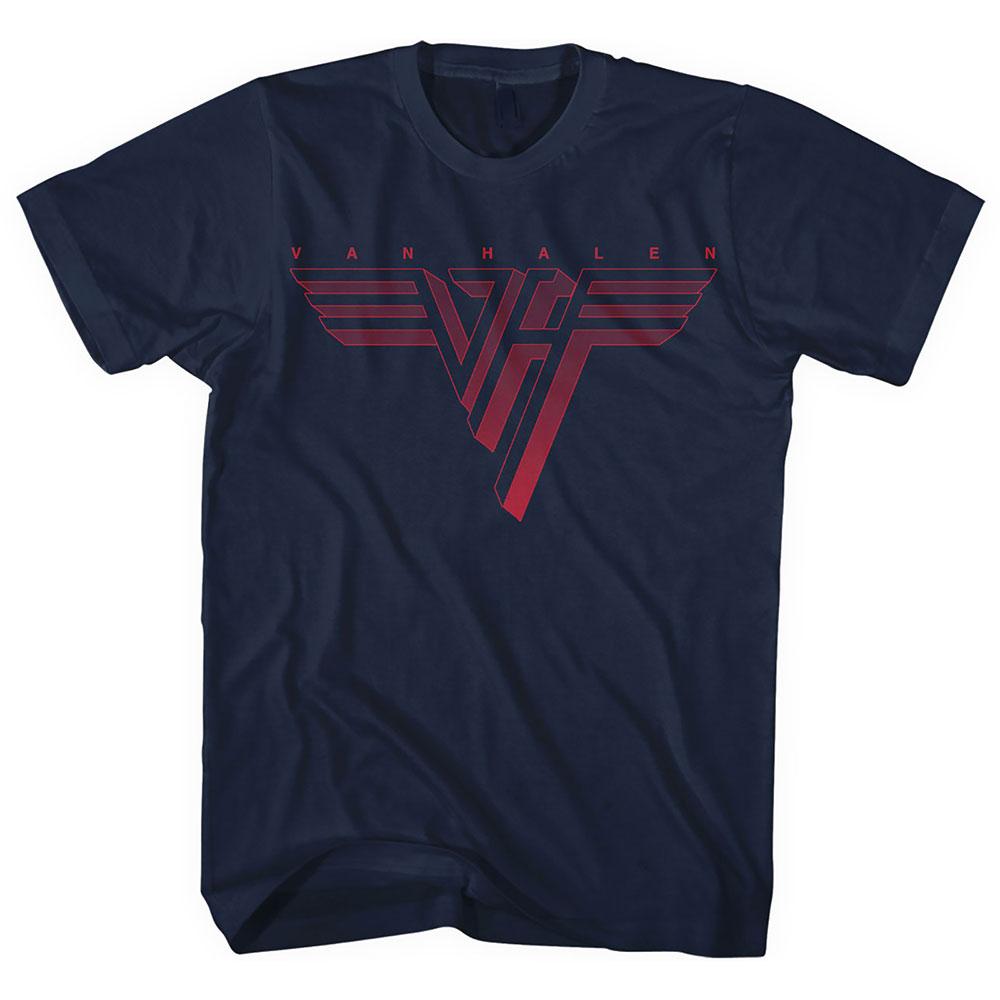
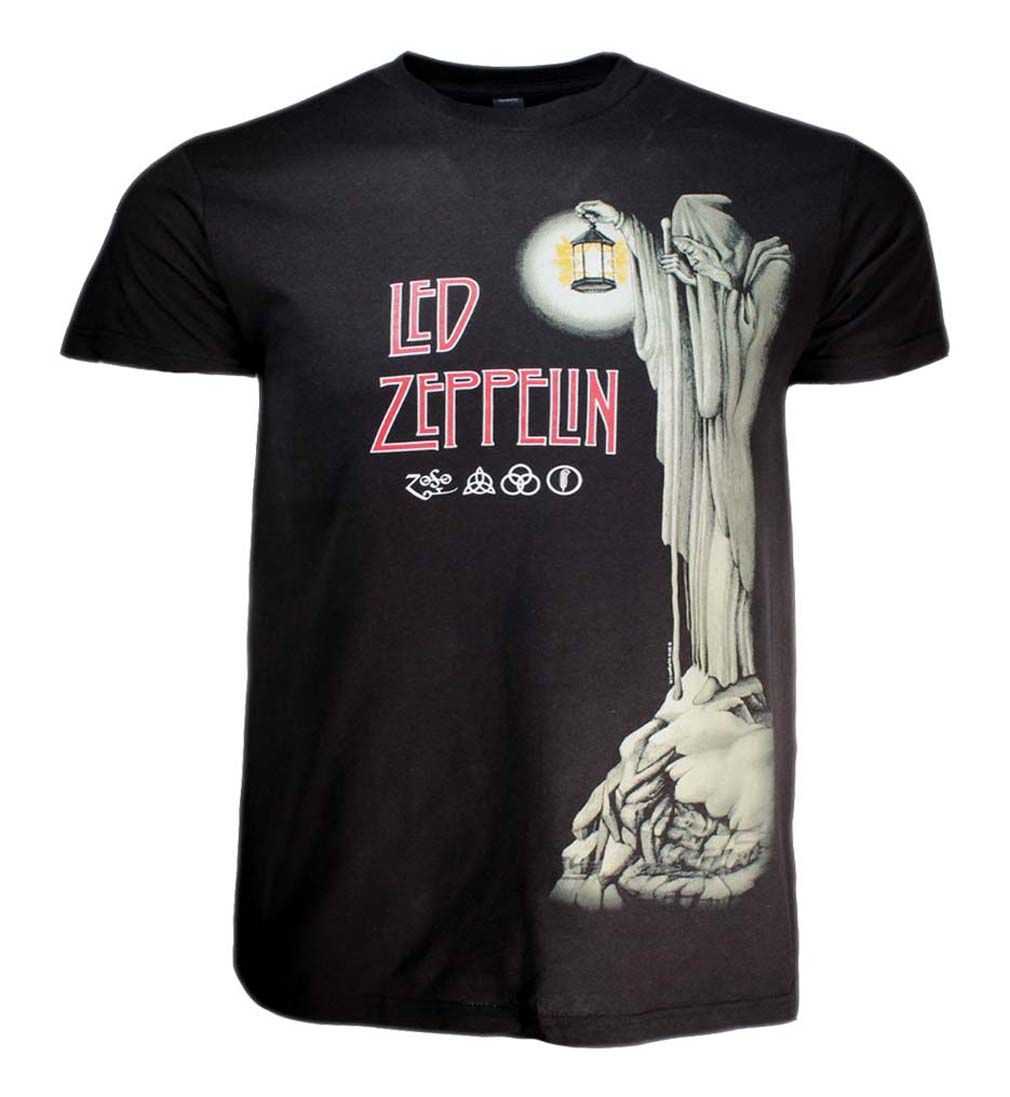
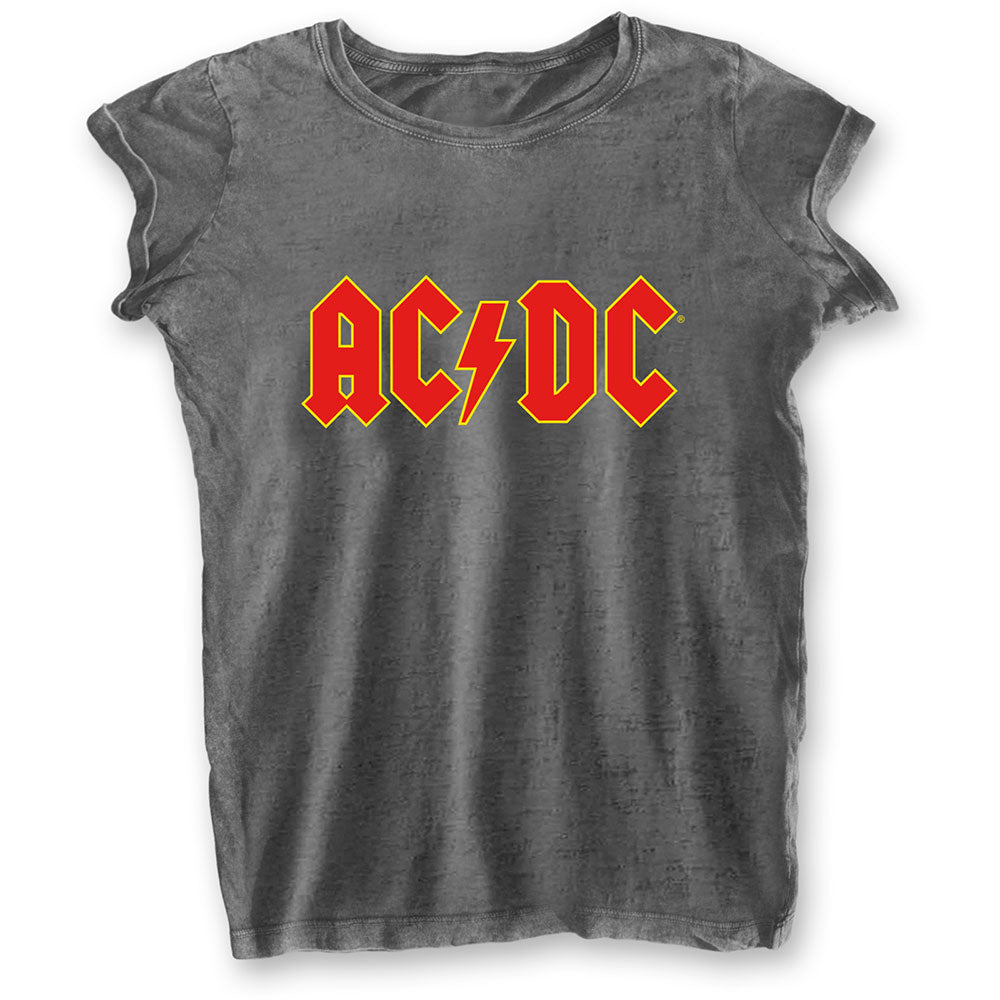
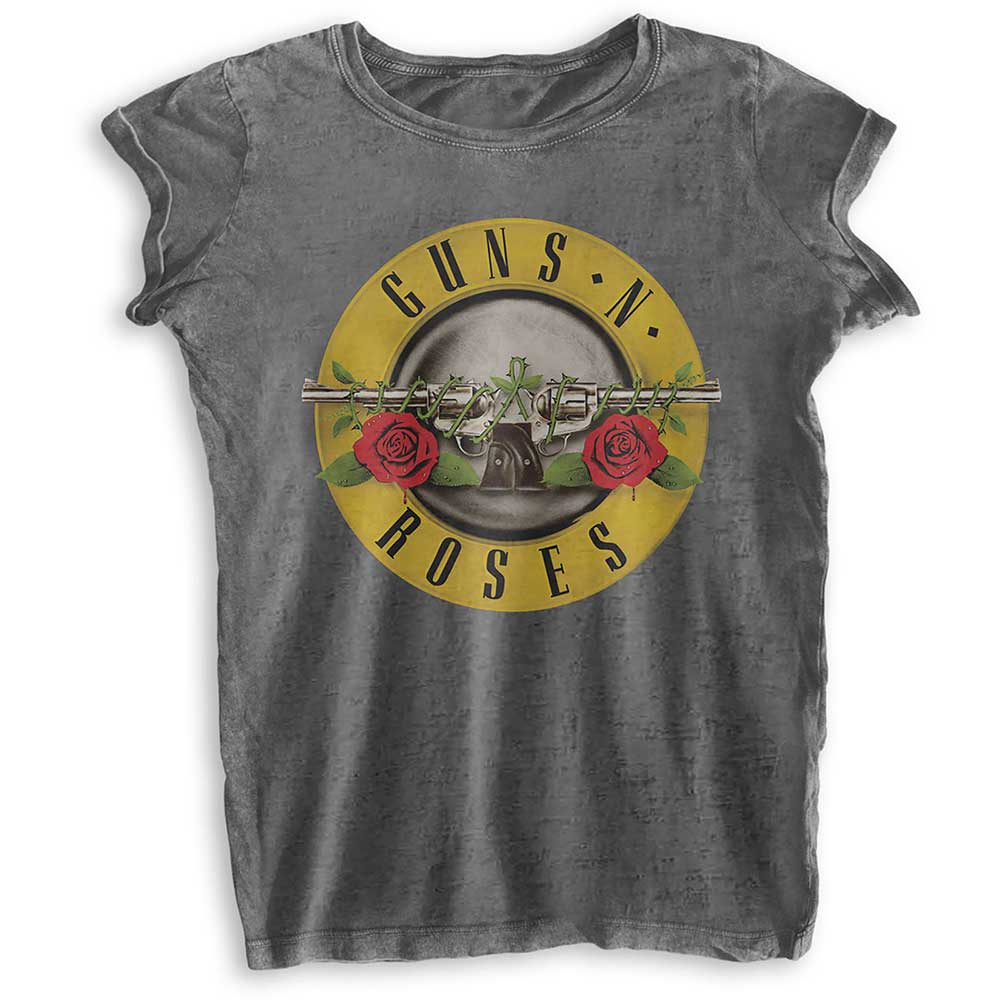
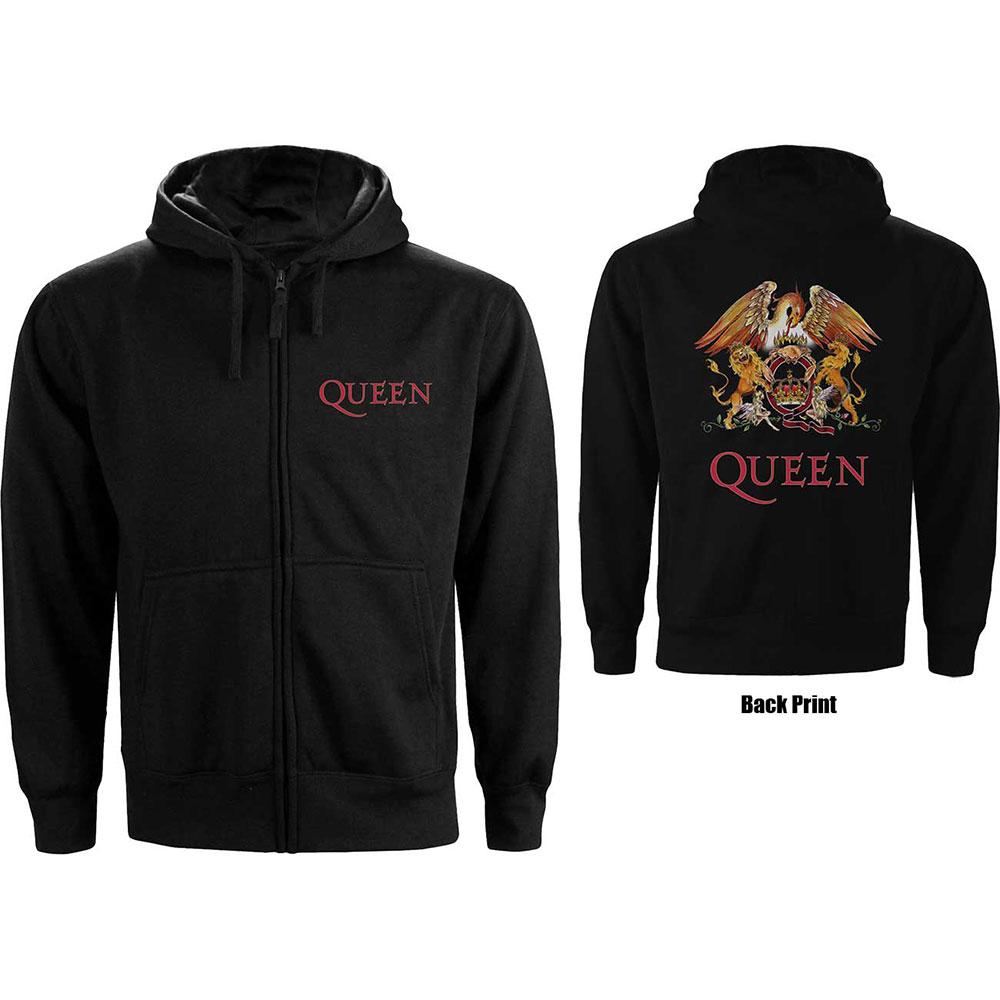
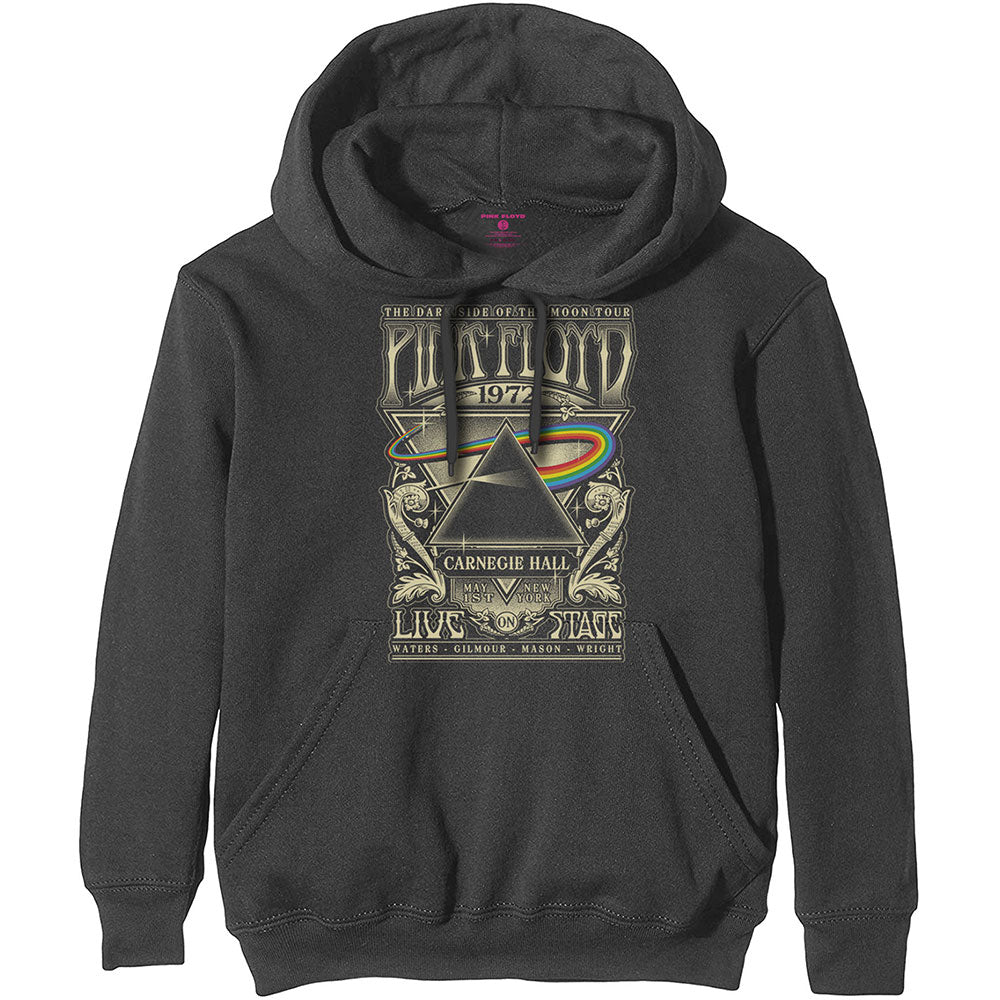

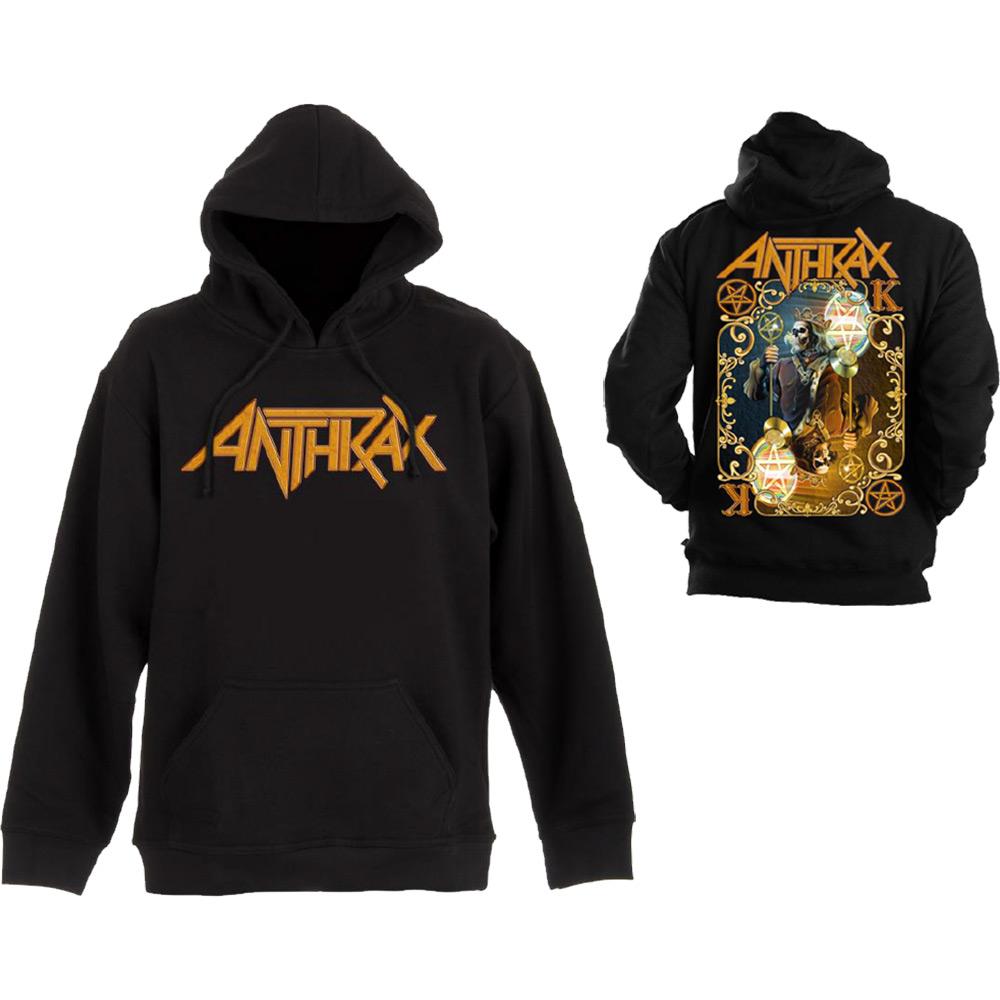

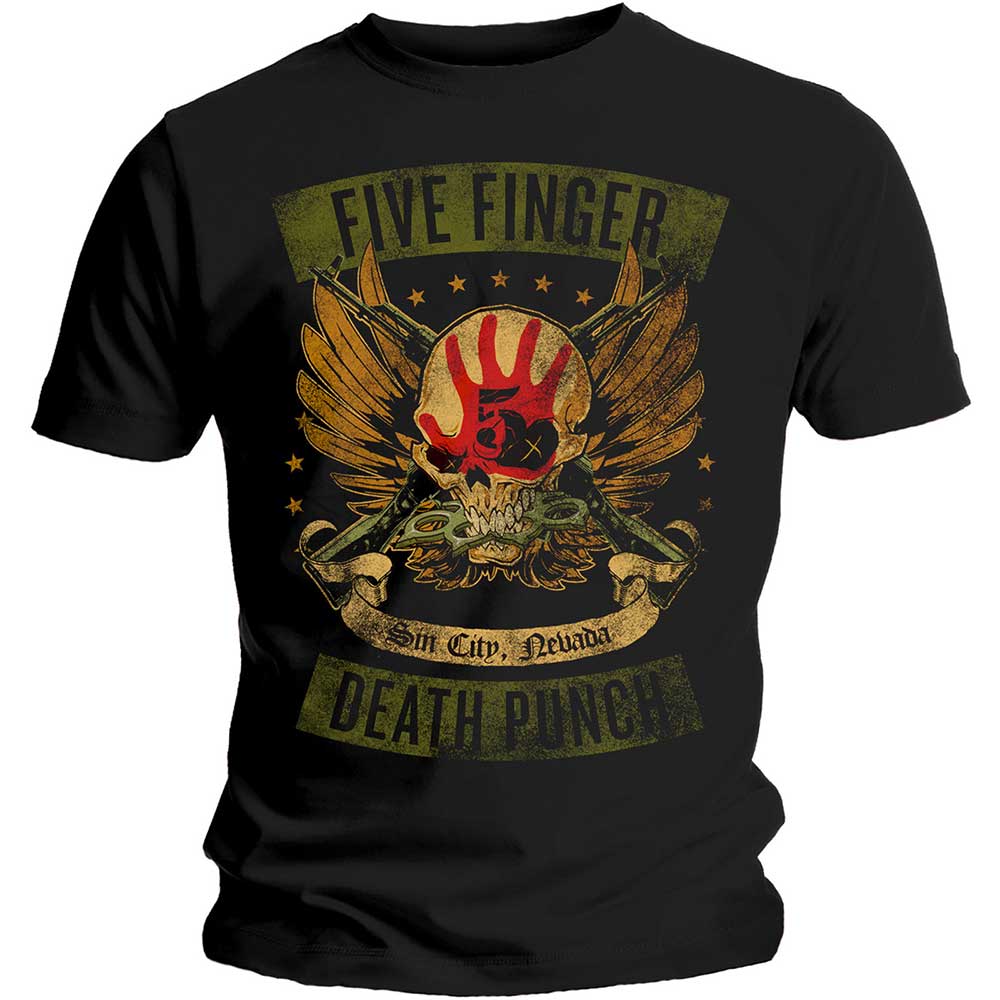
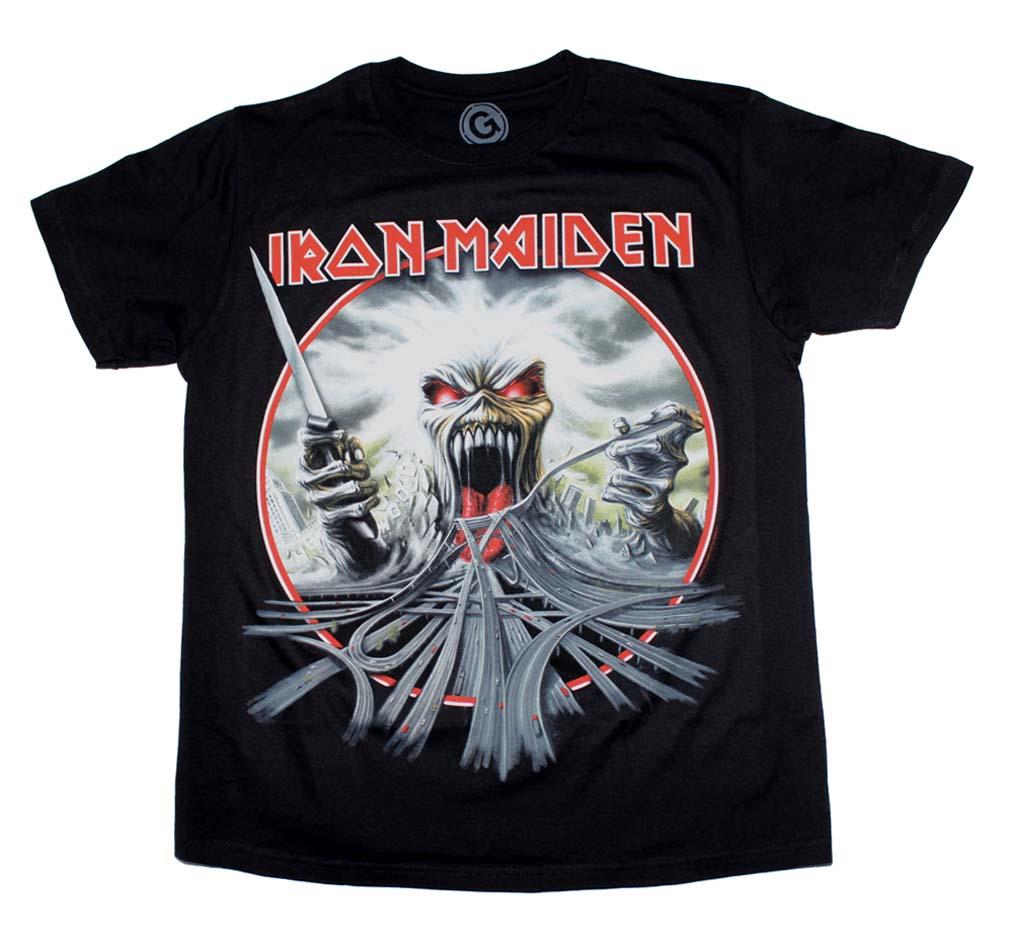
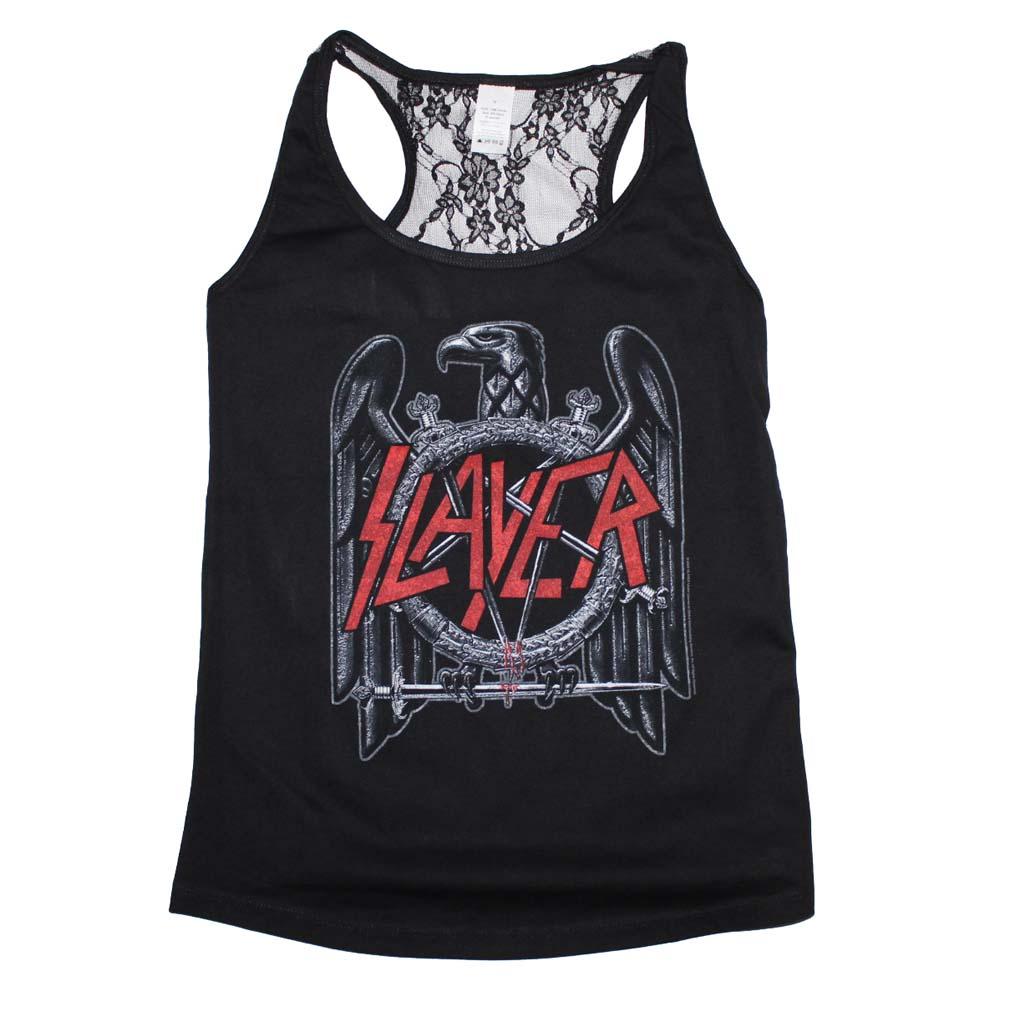

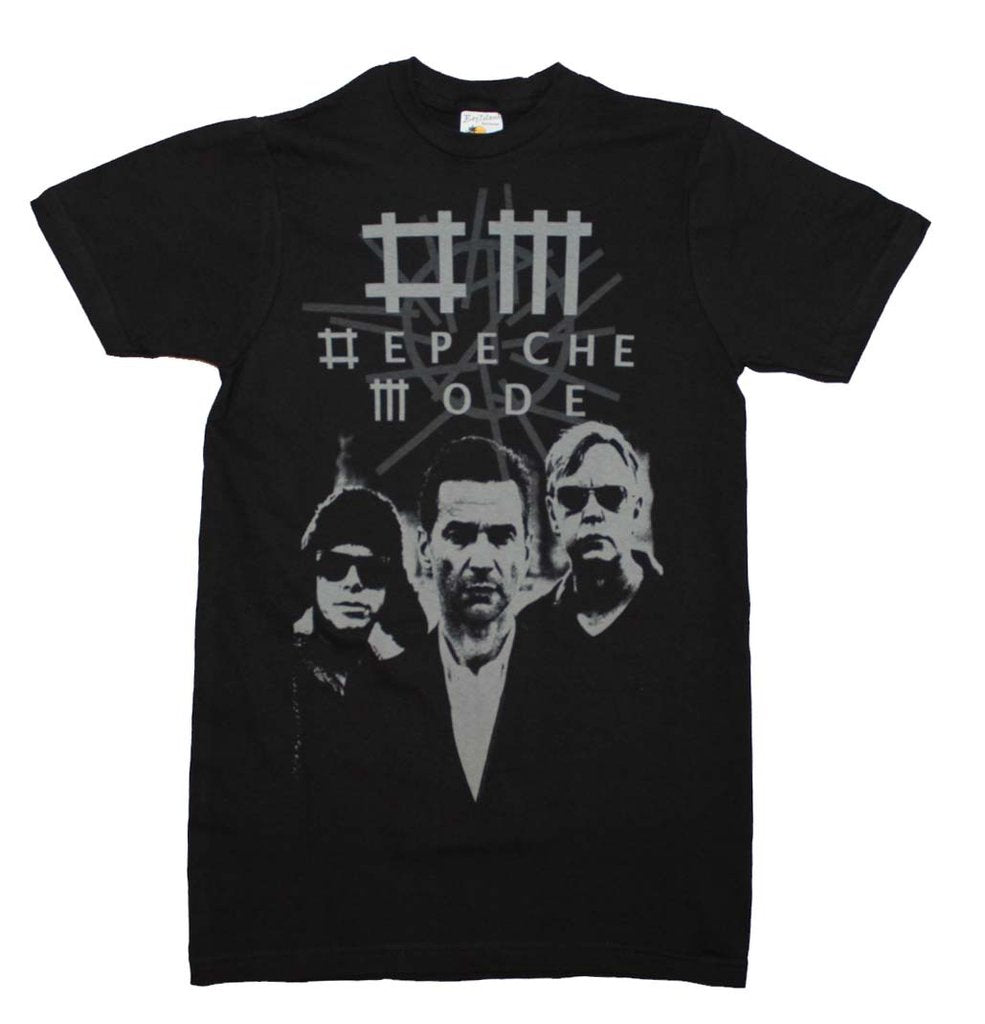
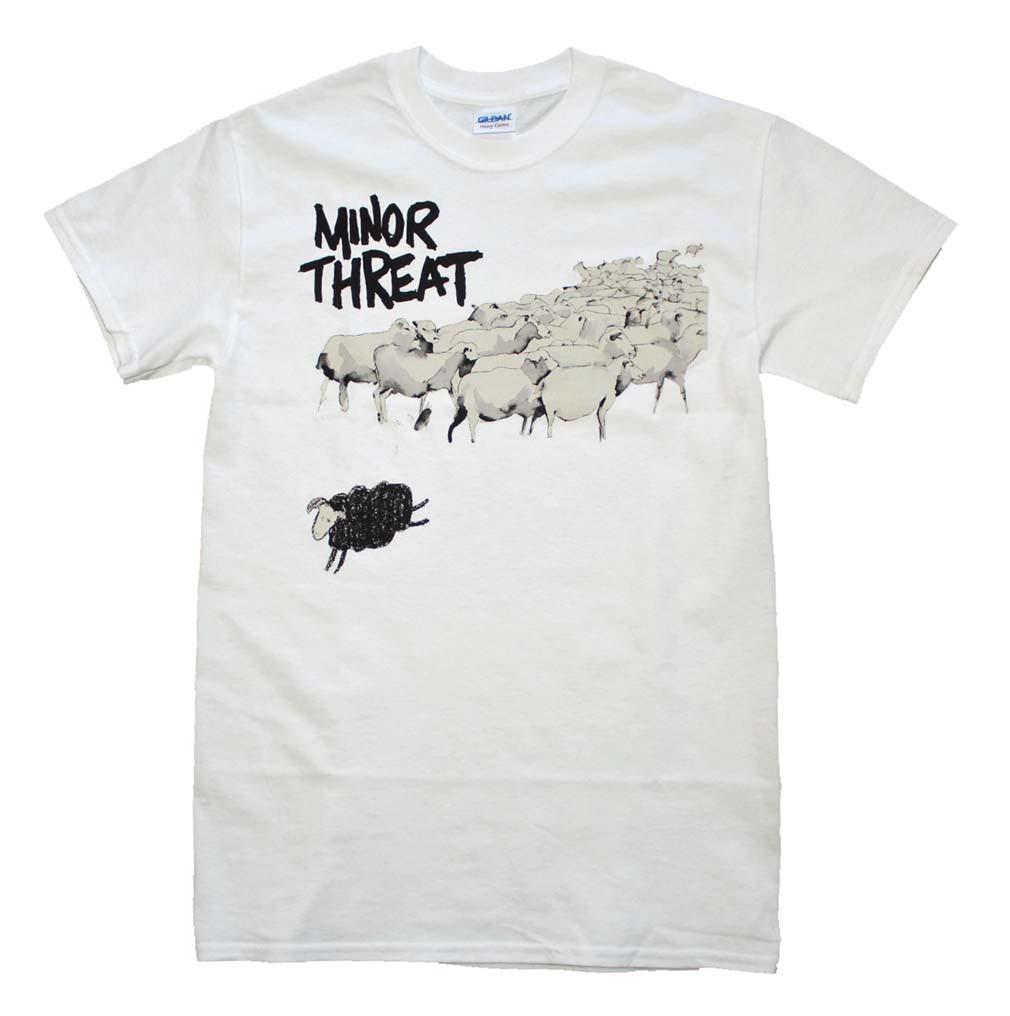
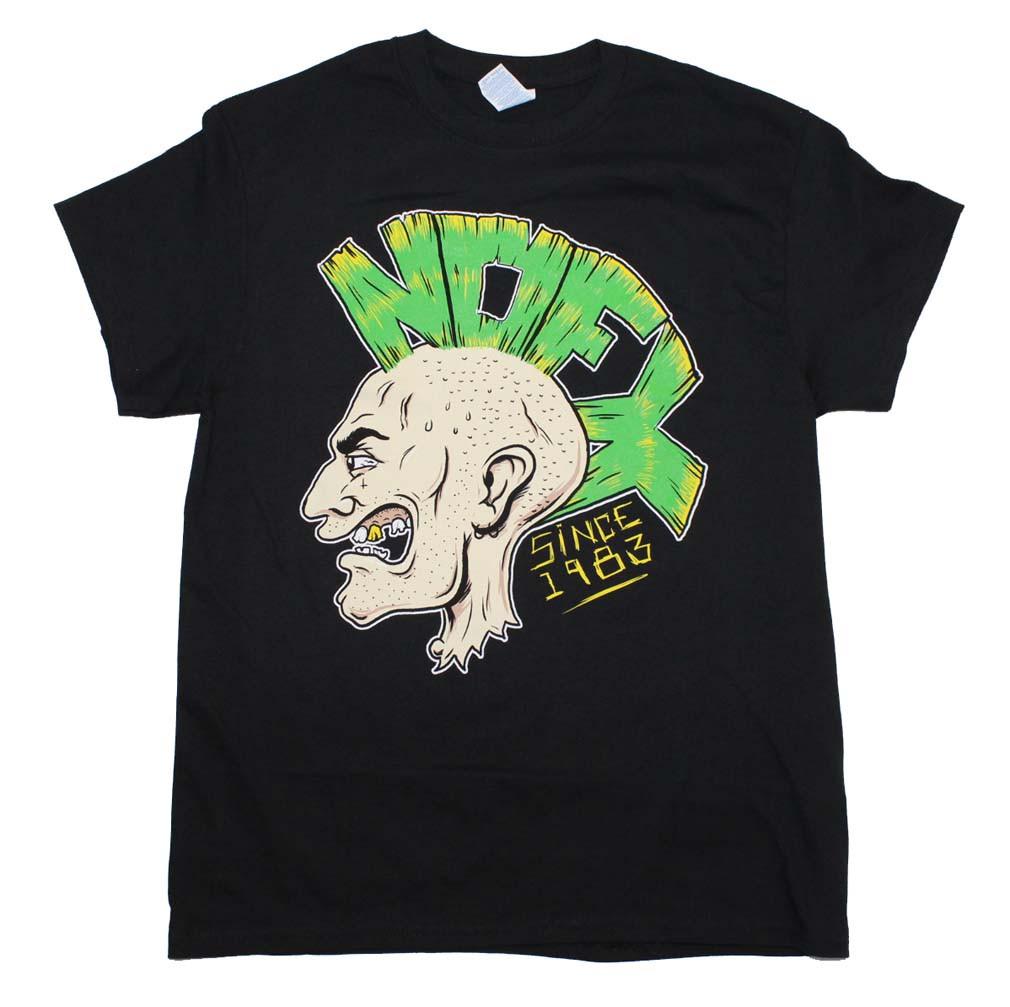
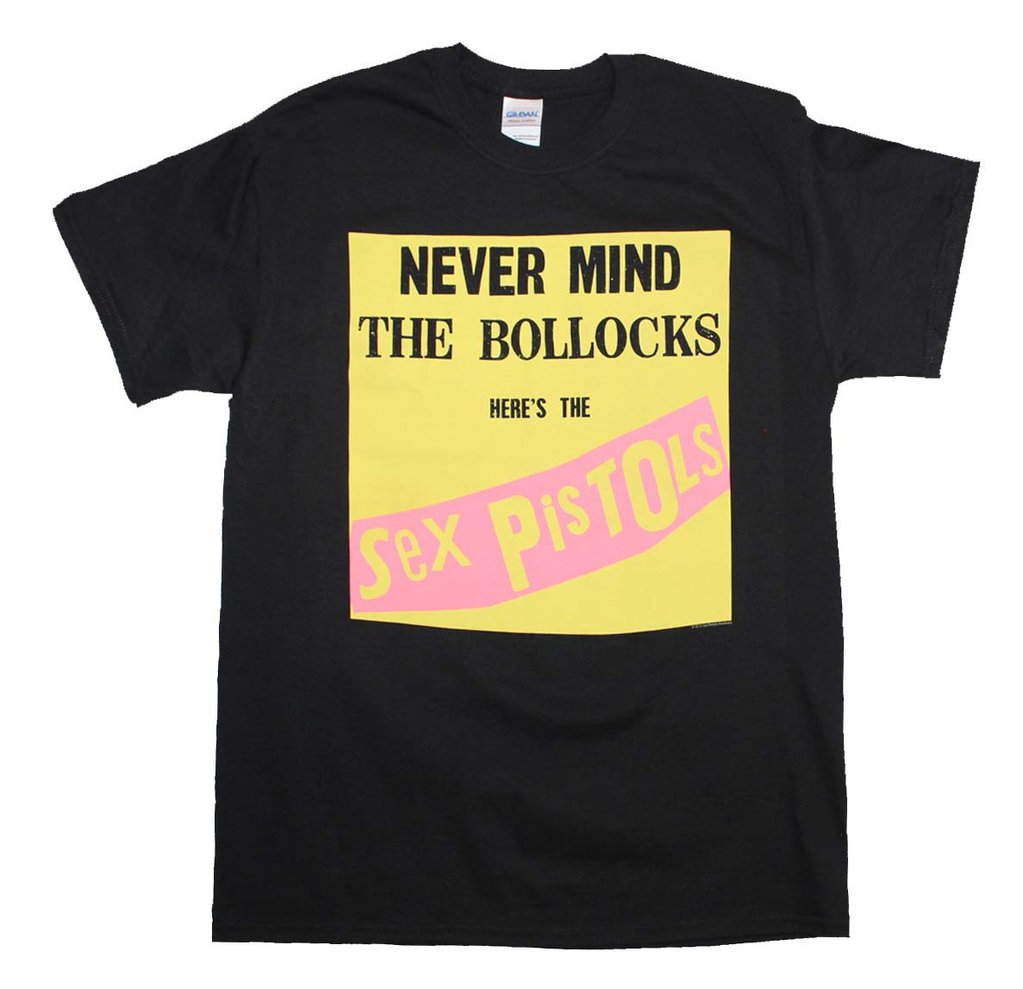
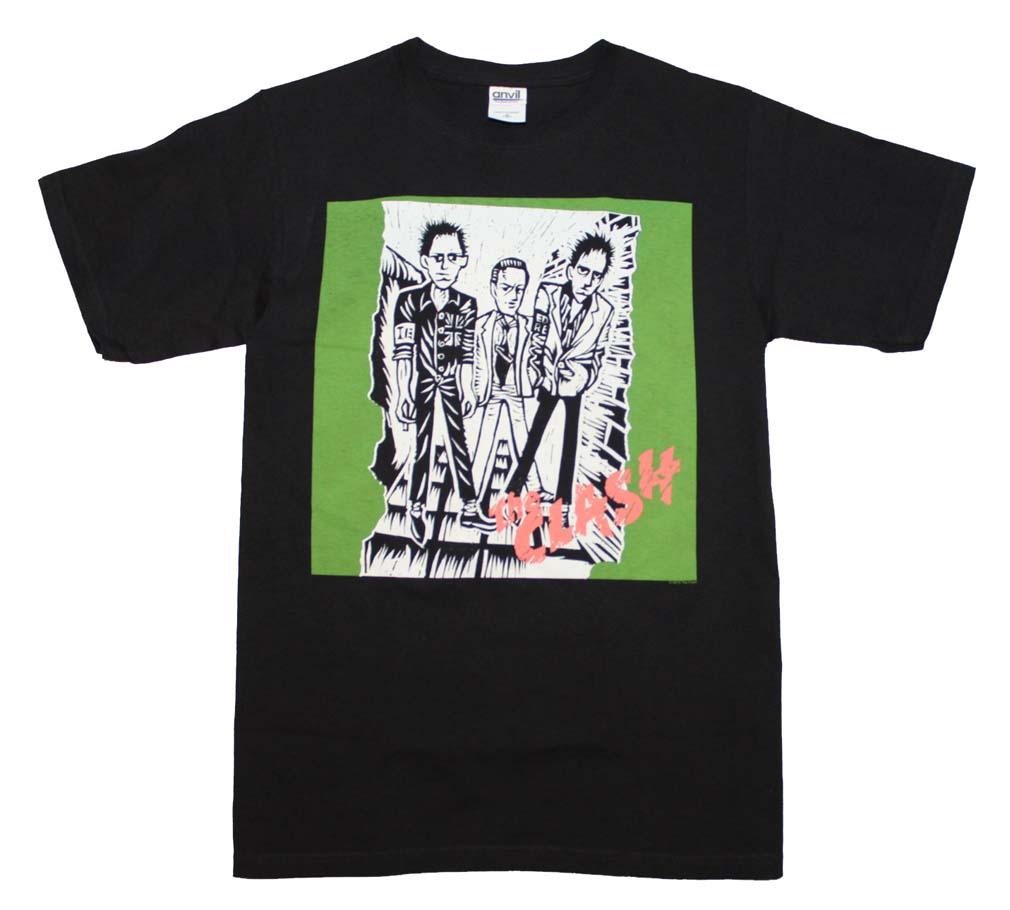
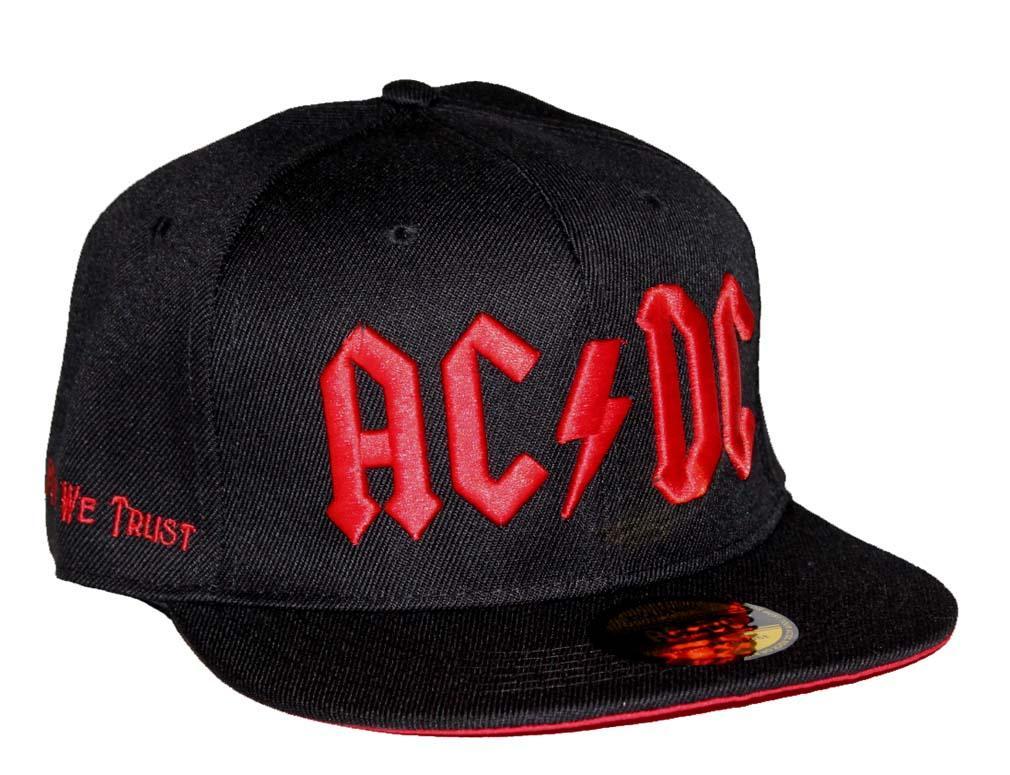
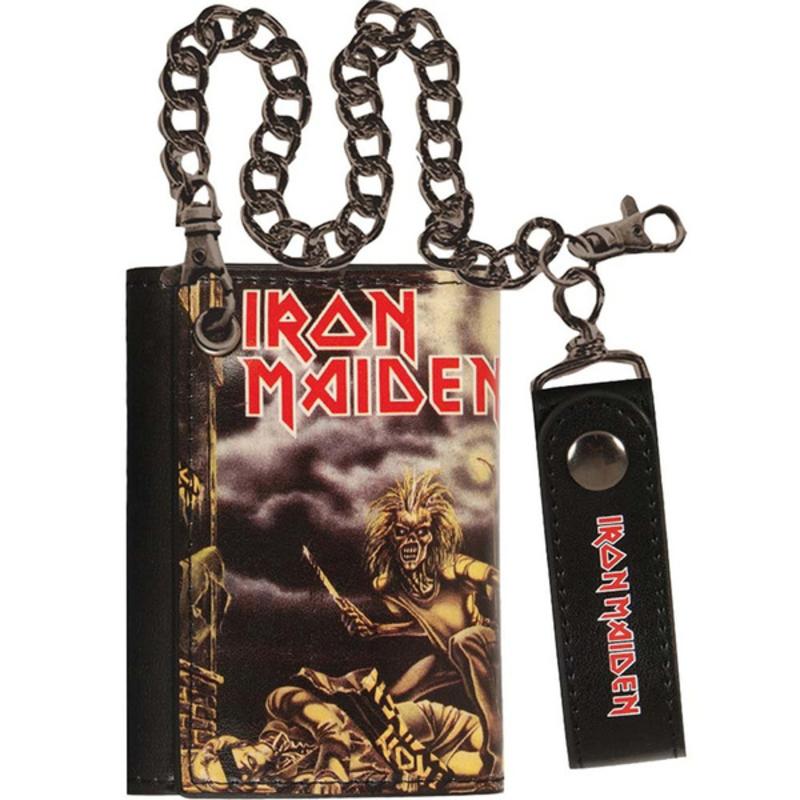
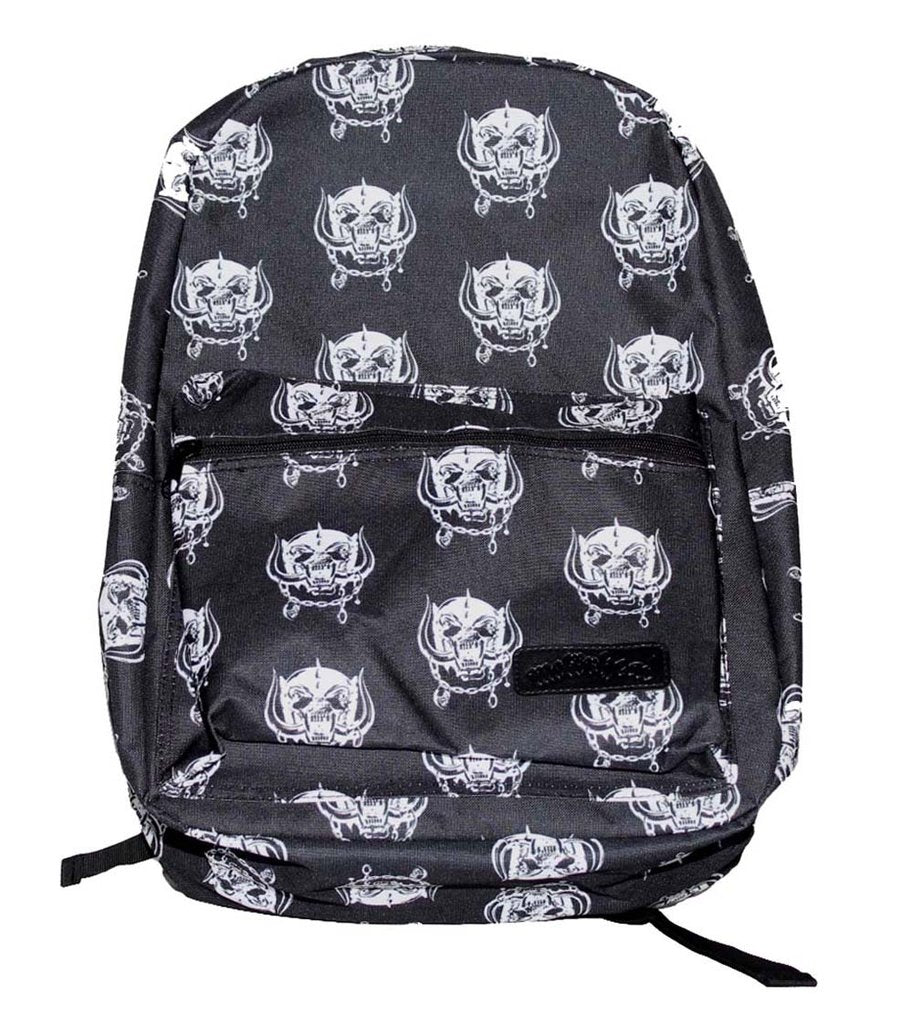
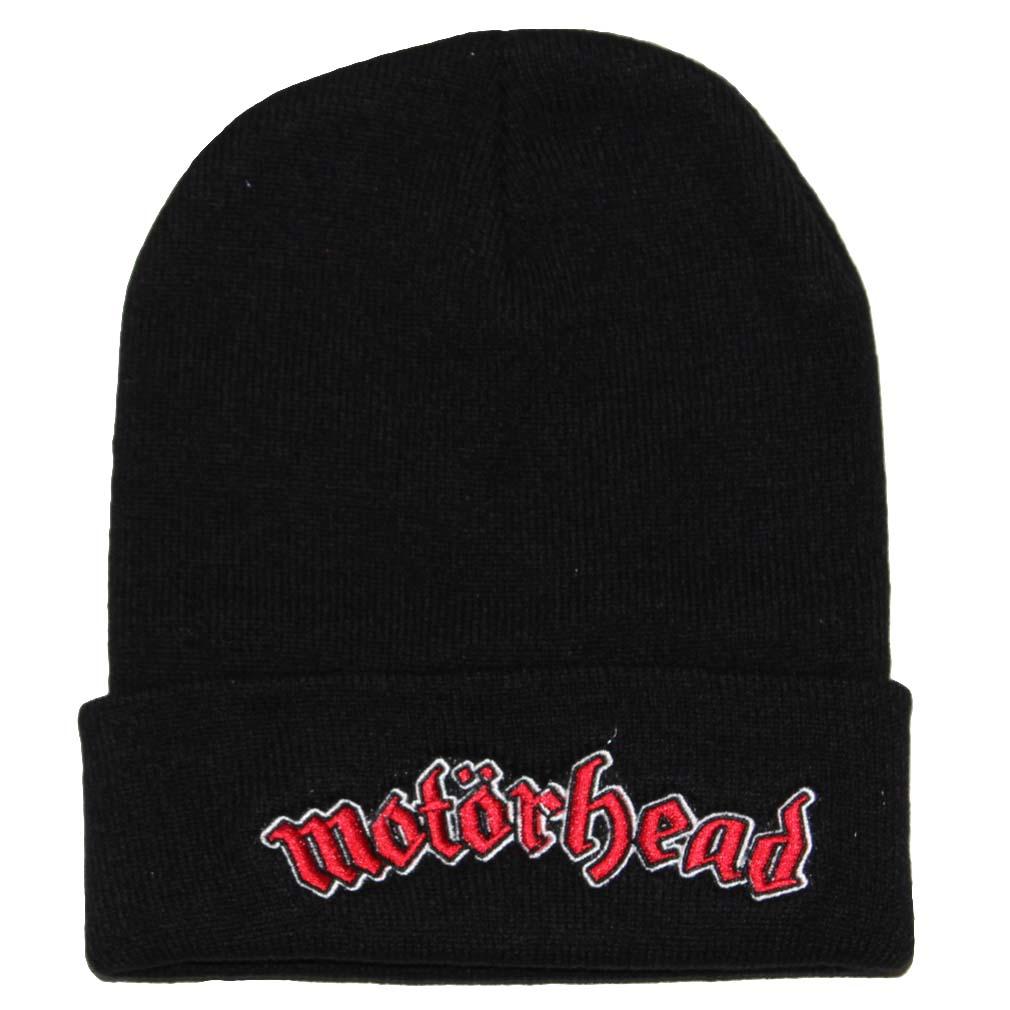
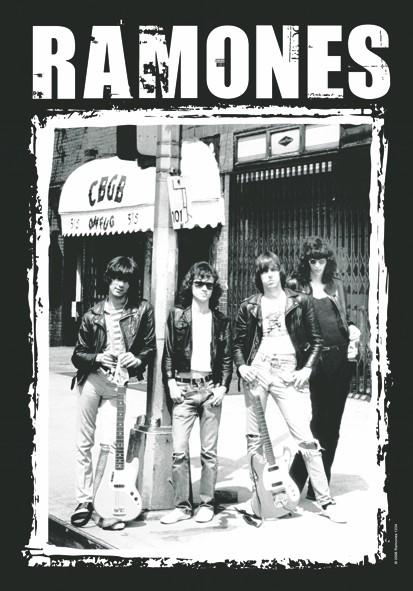
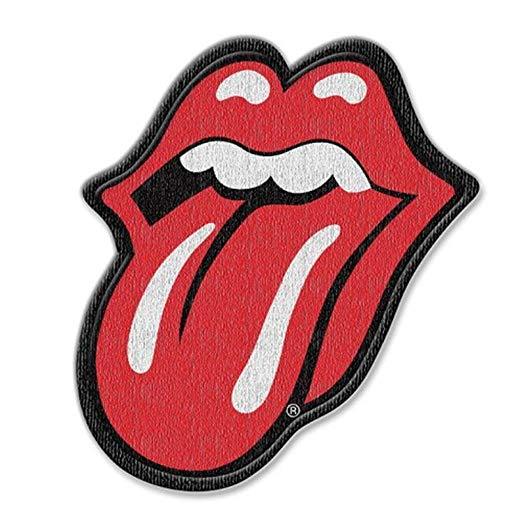

Comments
0 comments